Sho Shibuya - A Journey Through Time in Gradients
Known for using The New York Times as his canvas, Sho Shibuya has been painting gradient-lit morning skies for years before shifting to more thematic paintings. However, behind the scenes he is still capturing this natural phenomenon every day as a way of preserving time. We had a chat with Sho about the thought process behind his work.
Who is Sho Shibuya?
“I am a Japanese painter based in Brooklyn. My practice started after I saw the work of On Kawara’s Date Painting series in 2016. I like to explore the meaning of time. Time always moves, as does nature, and I have been painting every day to capture the time I am living in. Pigeons stay on the same roof in the same spot every day at 7 am, the Sun rises every morning. I paint every day.”
Why do you feel the need to capture time in such a consistent way?
“To me, it's instinct: we take a photo to capture the moment, or we write a diary. Those behaviors show appreciation of our time; a recognition that time flows and never stops, and nothing is forever, so we cherish our moment. My visual diary is my way of preserving time.”
Do you anticipate capturing time in some way for the rest of your life?
“Yes, continuity is very important. I believe painting daily, without a break, creates my life's path. In a way, when I die, my work will finally be completed, and I am looking forward to it. This is the first time I am not afraid to think about the concept of death.”
On Kawara had a list of strict rules regarding his process. Do you have rules in place that steer your creative process?
“Like Kawara's work, I strive to complete my paintings within the same day. Regardless of circumstances, whether I'm traveling (currently in Japan) or feeling unwell, I maintain my daily painting routine. Painting holds the same importance to me as sleep or eating—it's a necessity. When it comes to creating event artworks, I often explore numerous ideas, testing each one before forming judgments. Occasionally, the outcome exceeds my expectations, underscoring the importance of pushing beyond my mental limits. I always ask my wife Grace’s opinion before I publish the work on social media., valuing her honest feedback immensely.”
“For a set of rules, I follow a very strict daily routine, which I believe is very important to creating something new:
Go to bed before 10pm
Read a book in bed
Wake up without alarm (Around 5–7am)
Take a sunrise photos from the rooftop
I read an NYT article after I woke up with hot water and fruit
Go running for 4 miles
Pick up a newspaper from a newsstand
Take a cold shower
Eat a BIG breakfast
Go to the studio and paint sunrise
Paint event artwork, if there is one to paint that day
Emails
Eat dinner 5–6pm (I skip lunch)
Sketch something
Write in my diary (a recent addition to my routine)
And then, continue the next day with the same routine.”
Recently you published three works with the Asahi Shimbun as your canvas. What was the trigger to step away from the canvas you’ve been using for almost 4 years now?
“Because starting on January 1, I have been in Japan. I always bring my painting tools with me wherever I travel. There were many news-worthy events happening in Japan already in the new year, so I painted while I was staying, on the canvas that was available to me. When I have traveled to other countries, I always try to paint using the local newspaper as the canvas.”
Do comments about not covering specific political stories affect your approach or process?
“No, I believe in what I am doing. We have the right to speak about whatever we think about the topic. That's why I do not close my comment section; everyone is different. Respect for differences is one of the most important elements of humanity. I am just a painter who tries to capture the news with my view and emotions.”
Do you have an idea of what the next step might be for Sho Shibuya’s journey through time?
“Okakura Tenshin, a philosopher who is the Japanese godfather of the art industry, said, “How can we depict air without a line?” From Nihonga to Ukiuyo-e, he tried to push Japanese art further. I am always questioning, “How can I capture the time?” I am still thinking about it but not rushing. I believe the next step will come when it's time.”
Is there anything specific you would like to mention about your work?
“I will have a solo exhibition in New York at a small gallery in May. I will also participate in a show in Tokyo in June. Both exhibition concepts are significant to me. The details will be shared on my Instagram soon.”

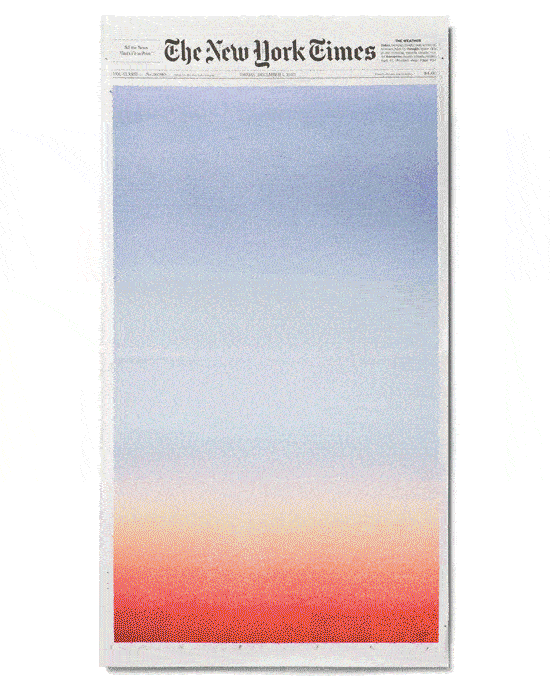











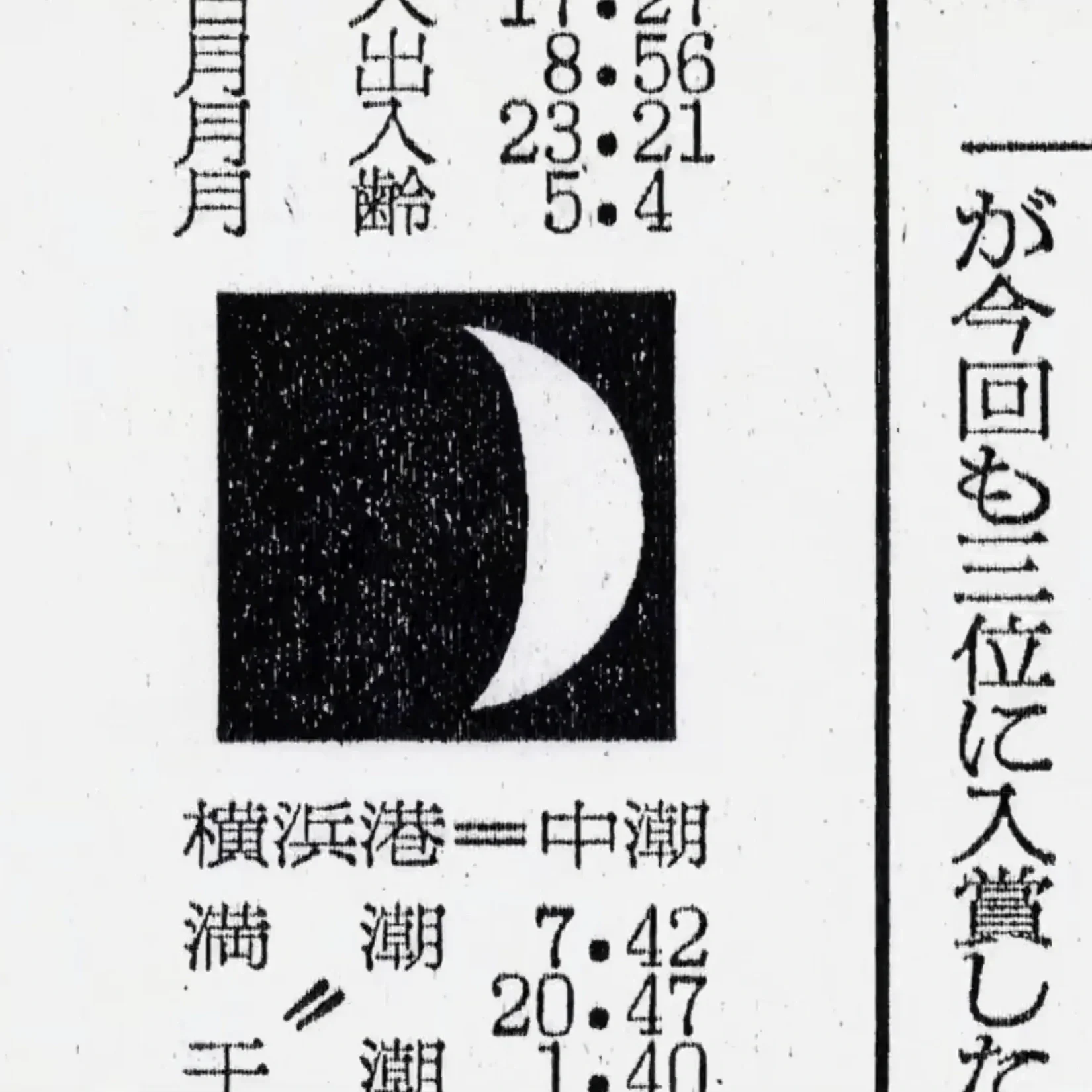
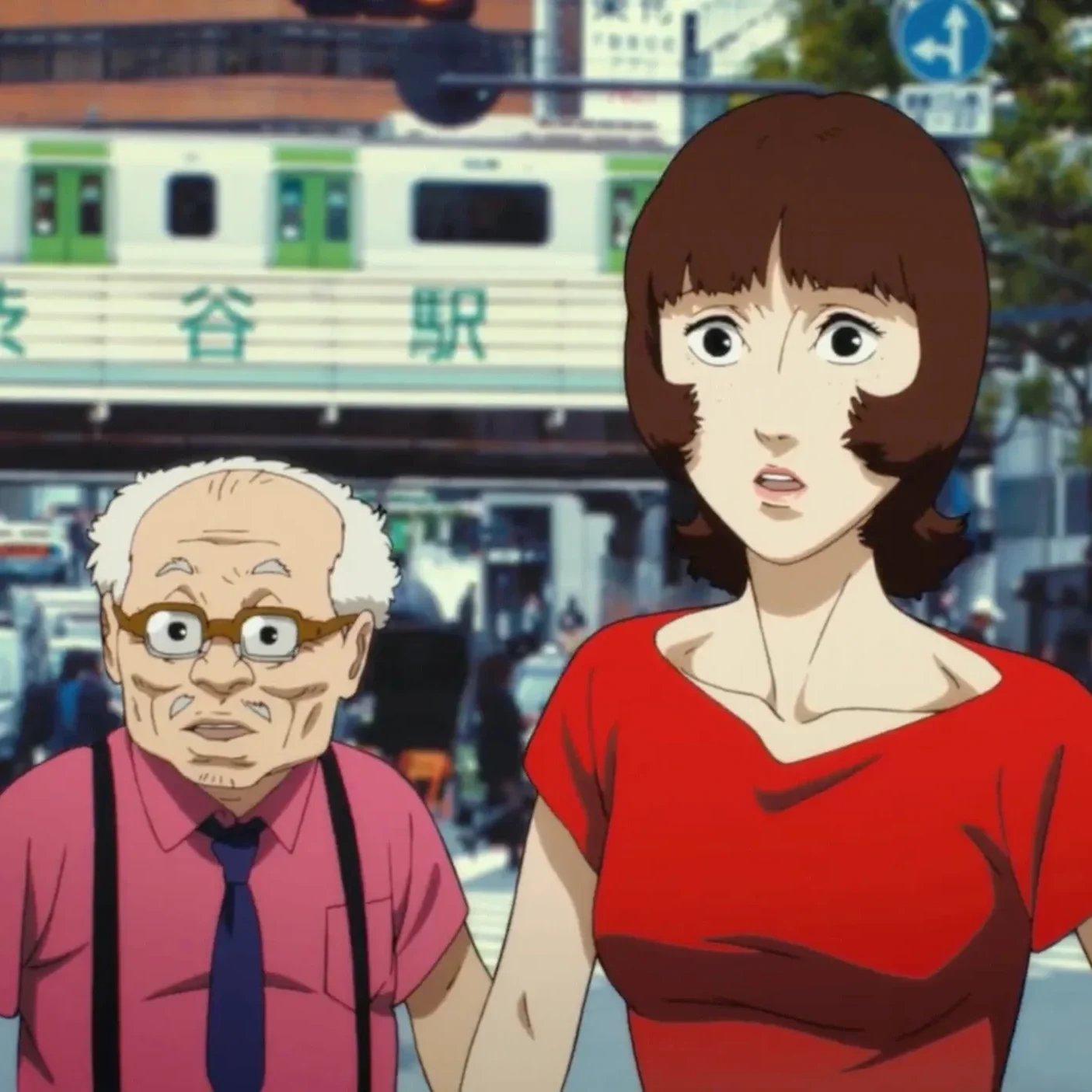
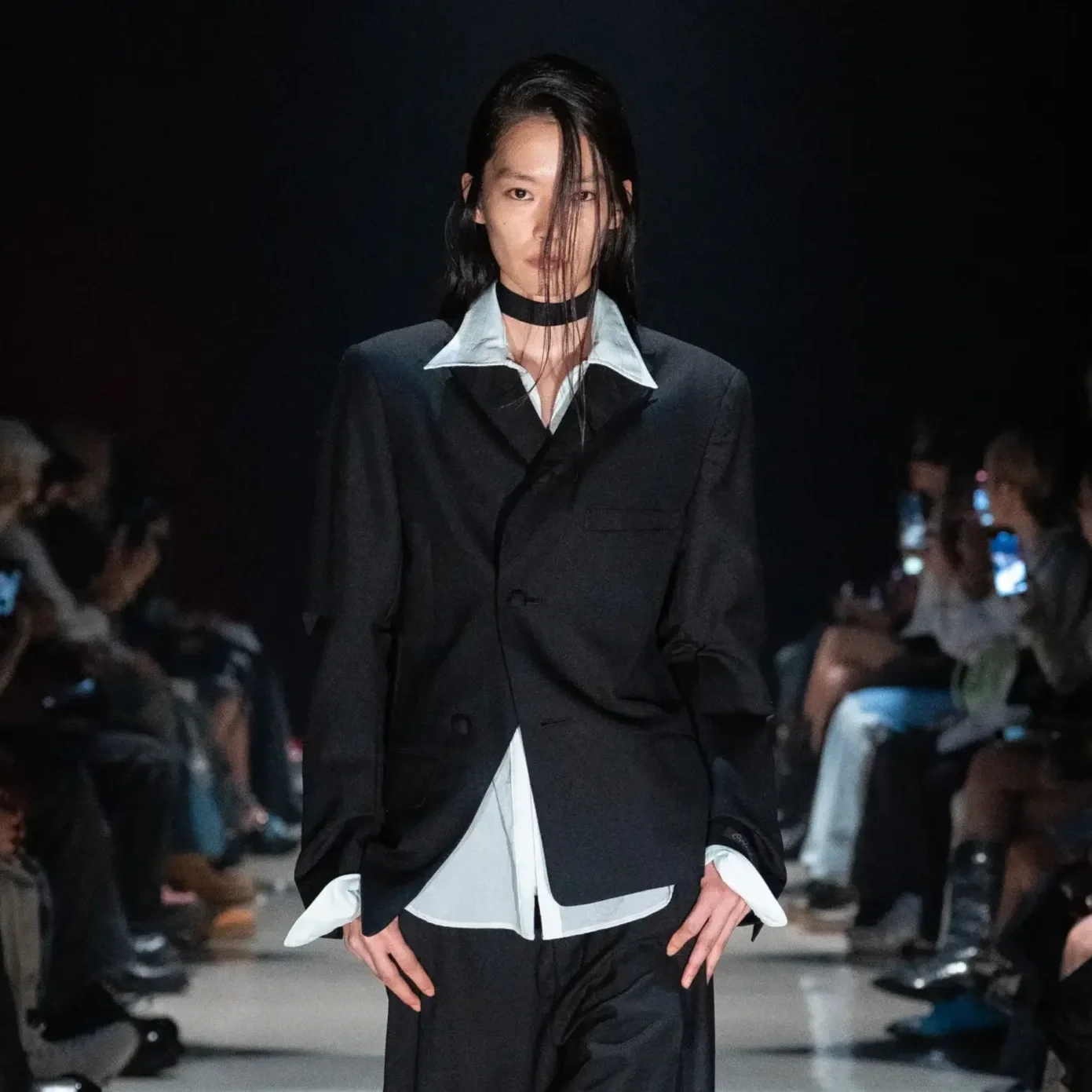

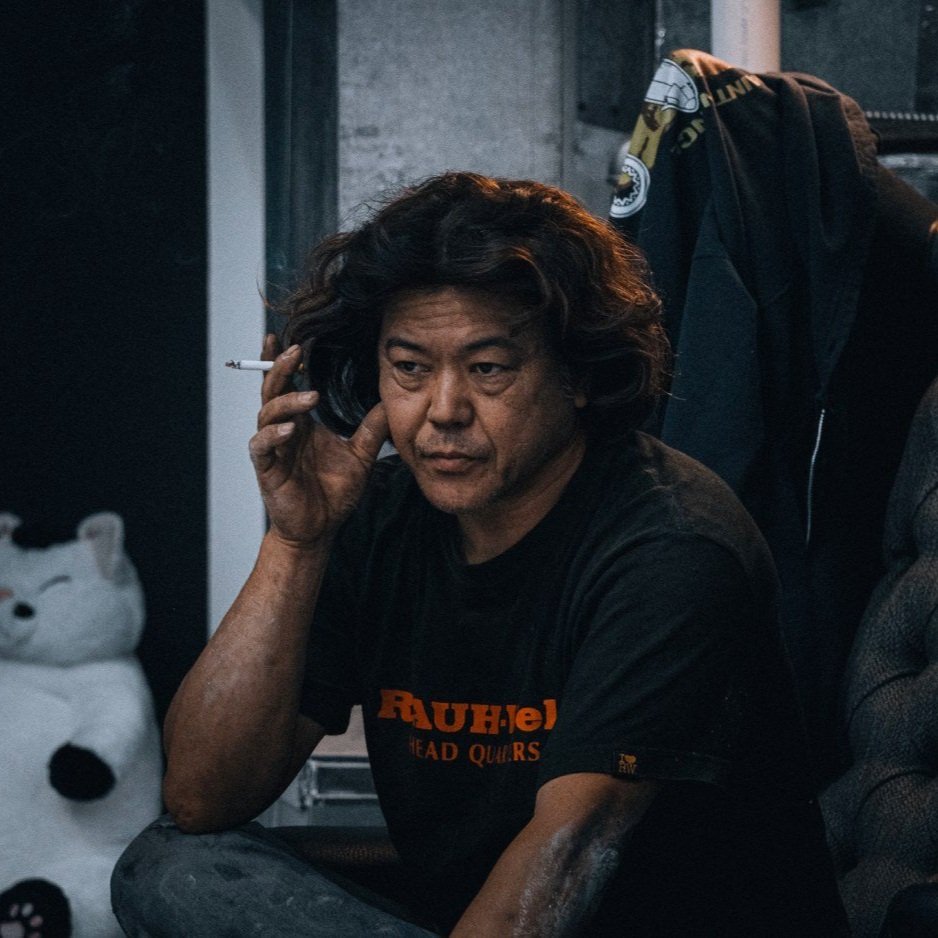
Inside the legacy of one of anime’s most iconic studios.